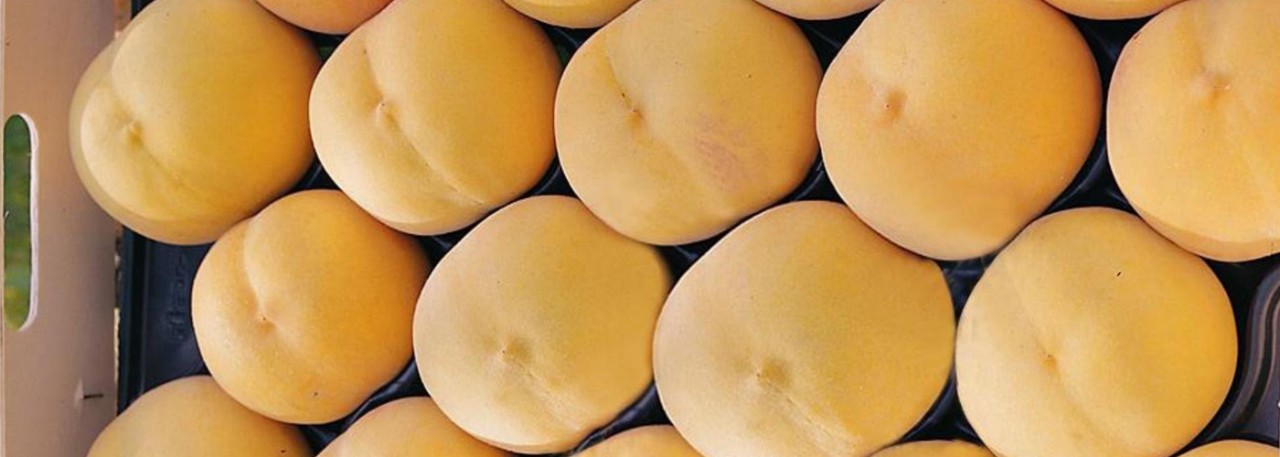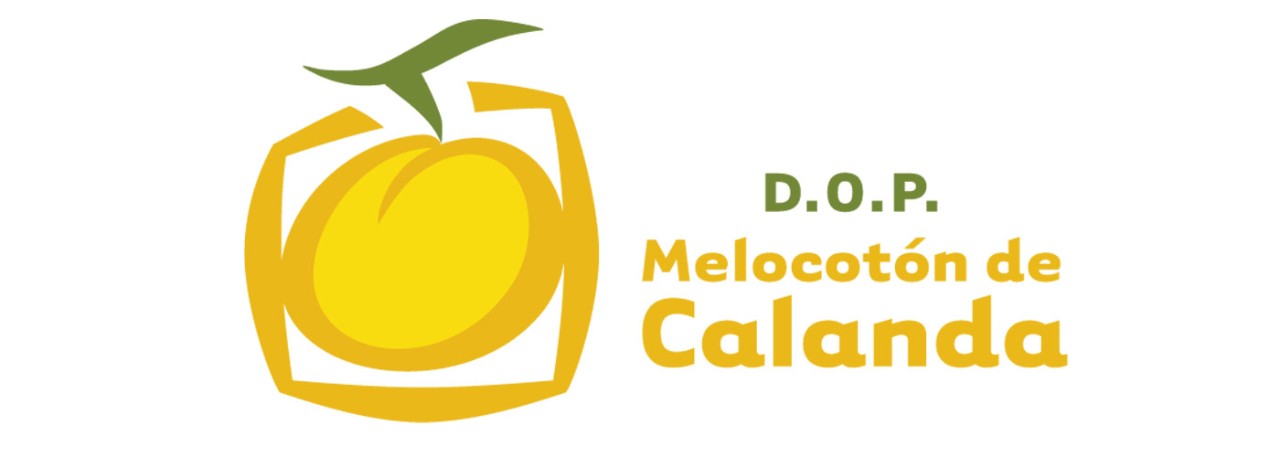.png.transform/rendition-xs/image_image%20(1).png)
Melocotón de Calanda PDO
Fresh peach of the species prunus persica from the indigenous “amarillo tardío” variety, as well as its selected clones Jesca, Evaisa and Calante, produced using the traditional method of bagging the fruit while still on the tree.
Tasting notes
A sweet, solid and fleshy fruit.
Other notes
Creamy yellow and straw yellow color, with a caliber of more than 73 mm (2.88 in) in diameter. When harvested the fruit should weigh ≥ 3 kg/ cm2 and the minimum sugar content at harvest time should be 12º Brix. The fruit is high in carbohydrates, but has low levels of proteins and lipids.
Production / Processing method
The fruit is rinsed on the tree during the months of June and July, before being placed in a wax paper bag which is attached to the branch, where it remains until harvest time. In this way the fruit is protected from dust, rain, infection and premature falling due to high winds, meaning the peaches ripen to perfection. To determine the exact time for harvesting, the fruit’s firmness and sugar content are analyzed. Harvesting is undertaken in a completely traditional manner, in boxes specially designed not to damage the fruit. The paper bag is not removed until the peaches are classified into different sizes. In the industrial facilities, the peaches are packaged in single-layer trays, following the selection and evaluation process and prior to sale.
Geography / Relief and climate
The cultivation area is found in the valleys of the Rivers Martín, Guadalope and Matarraña which, descending from the mountainous foothills of the Iberian System, flow into the Ebro in the region known as Lower Aragón. The area is known for its aridness, with scarce, irregular rainfall and extreme temperatures, resulting from the “continentalization” produced by the landscape, isolating the area from the influence of the sea (both the Mediterranean and the Atlantic). The strong dominant wind from the north-east, known as the cierzo, further accentuates this aridness. The land is flat or with low ridges, with an altitude ranging from 122 m (400 ft) in Caspe to 466 meters (1,529 ft) in Calanda. The soil is limey, with formations of gypsum carbonate layers. Suitable cultivation techniques, land maintenance, fertilization, pruning, bagging of the fruit and pest and infection control, along with a suitable environment for peach development, lead to healthy fruit with the characteristics associated with this geographical area.
Regulatory Council
Consejo Regulador de la DOP Melocotón de Calanda
C/ Muro Sta. María, s/n; Edif. Molino Mayor, 1ª Planta
44600 Alcañiz (Teruel)
Tel: (+34) 978 835 693
info@melocotondecalanda.com
www.melocotondecalanda.com
Sources:
The fruit is rinsed on the tree during the months of June and July, before being placed in a wax paper bag which is attached to the branch.


- /content/dam/en/icex-foodswines/images/products/fruits---vegetables/melocotón-de-calanda-pdo/Melocotón%20de%20Calanda%20PDO%20carr1.jpg
- /content/dam/en/icex-foodswines/images/products/fruits---vegetables/melocotón-de-calanda-pdo/Melocotón%20de%20Calanda%20PDO%20carr2.jpg

Alcañiz (Aragón)
